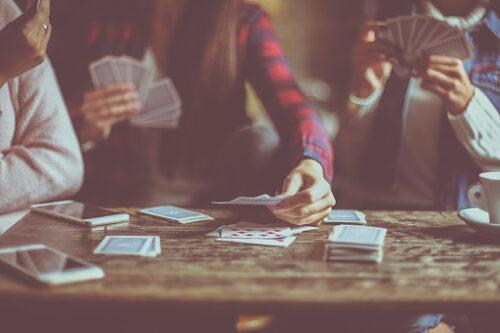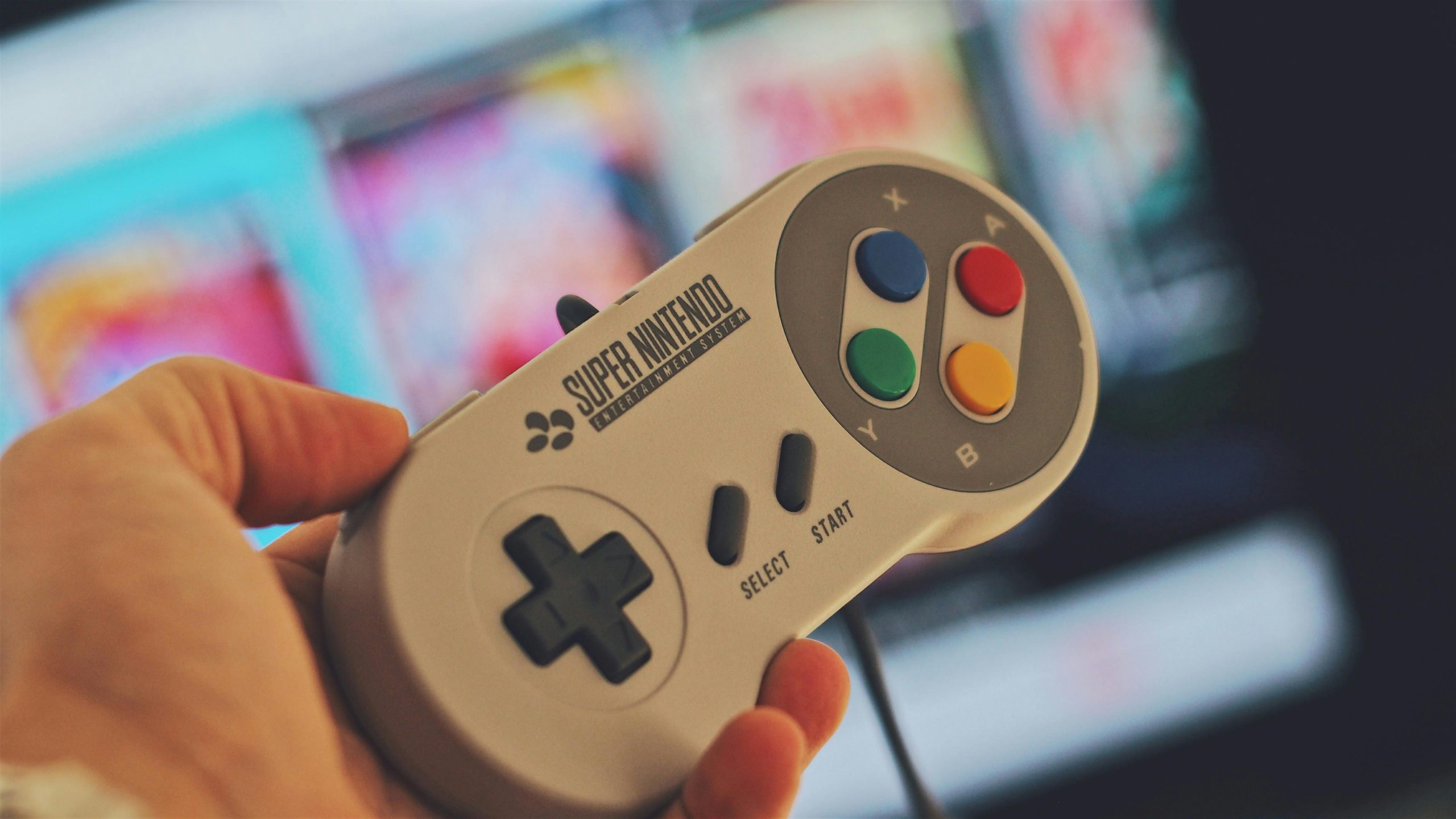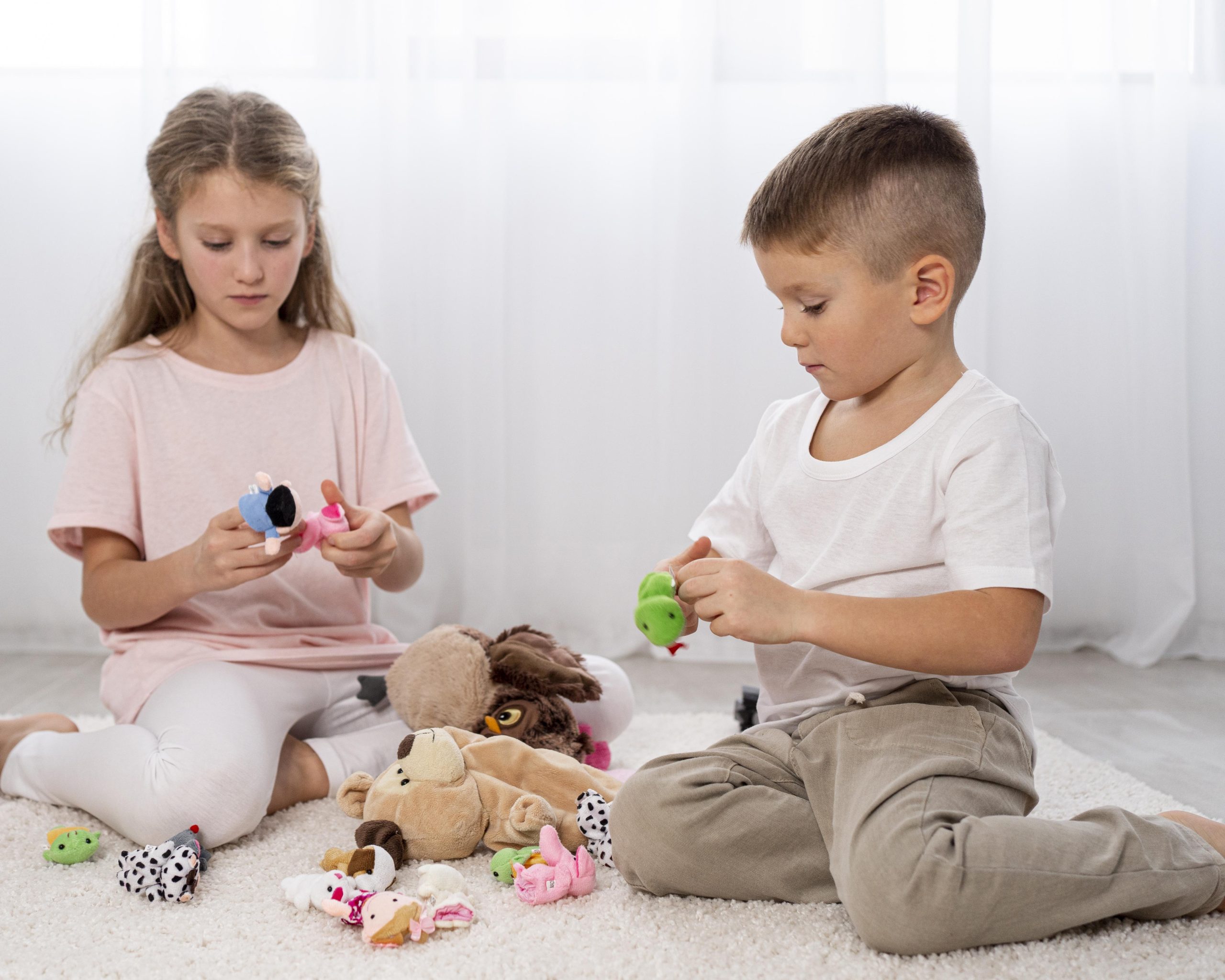Playing cards for board games are most likely the most important component of any board game or card game. Cards are the pieces that are handled the most and are hence the most prone to damage. Furthermore, cards come in a range of sizes and configurations, as well as their own tuckbox. This article will cover all there is to know about custom playing cards and card games.
Create board game playing cards
Custom playing card deck:
When creating a card game, the first thing to consider is the amount of cards that should be included. There are two methods to this. To begin, via game testing, because you have a concept of the optimal quantity of cards to have in your game and you blindly follow it. The second method is to work backward from production to determine how many cards fit on a sheet of paper, allowing you to optimize the number of cards while limiting manufacturing costs.
Consider the following:
1. A 3mm bleed on either side is required, therefore add it to the card size in the calculation.
2. There can’t be more than 80 cards on a sheet unless it’s a regular playing card size, as specified below.
3. Cards with detailed artwork may not be suited for small or big printing plates; please inquire.
4. You cannot use two different plates for the same cards since the colour will not be consistent. If you choose a huge sheet, you must stick with it. In the same deck of cards, you cannot have one big sheet and one little sheet.
Create your own board game by designing and building it yourself
Children may learn anything from the fundamentals of turn taking, counting and identifying numbers on dice to much more strategic topics. Simple games like snake and ladders and Ludo may be a terrific introduction to the world of board games, but when you allow youngsters to make your own board game, their desire is only limited by their creativity.
What do you require?
In terms of what is required to create your own game, you actually don’t need much. An old cereal box works great as a gaming board, although a sheet of paper will suffice. A selection of felt tip pens is ideal for drawing up their board design and making it apparent.
Most people have a die or a pair of dice laying around the home. Ingenious children may take it a step further and create their own spinner, or just use bits of paper with numbers on them and pull one out of a bag for each round. This kind of free time is pretty much frustrating games to play when bored.
Where to begin?
Encourage youngsters to first decide on the kind of game they want to play before drawing up their board. It doesn’t have to be complex at all. If your youngsters are comfortable with numbers, you may have them number the slots, similar to a snakes and ladders board.
If your kid has a particular interest or passion, they may choose to base their board around that. You may even choose your counters wisely. If you have any little dinosaur toys lying around, they would be ideal as counters for a dinosaur-themed game. Other little collectable toys would be ideal for this as well.
Have fun with the game
When the board is finished and you have counters and dice, you’re ready to play. Board games are a fantastic way to bring the family together, and youngsters will feel a sense of accomplishment knowing that they devised the game themselves.






